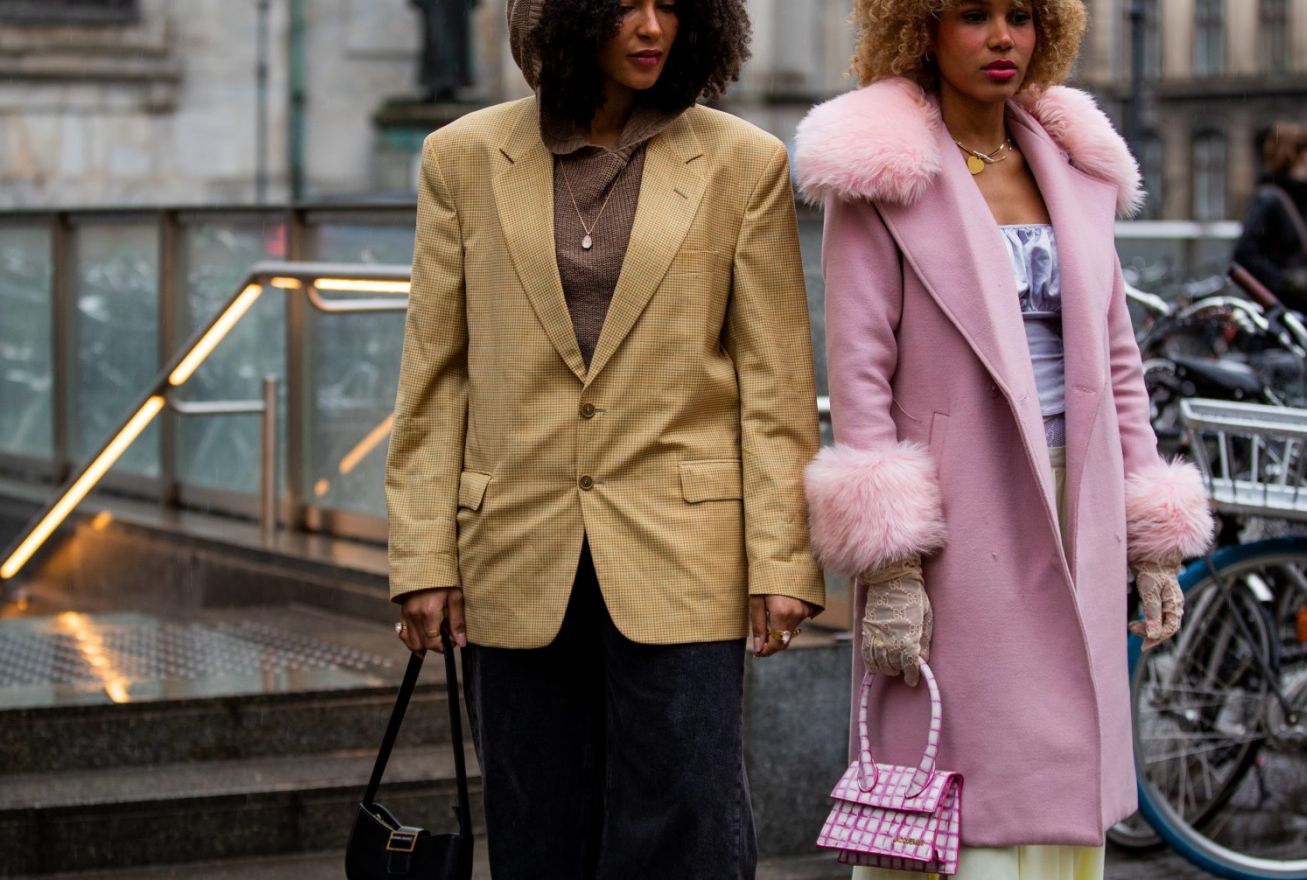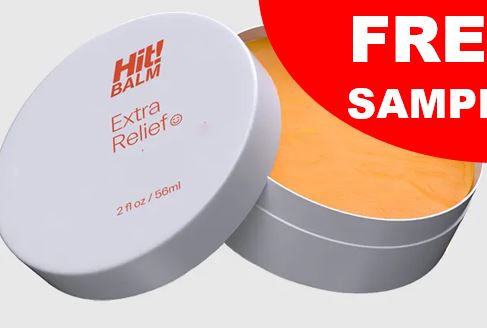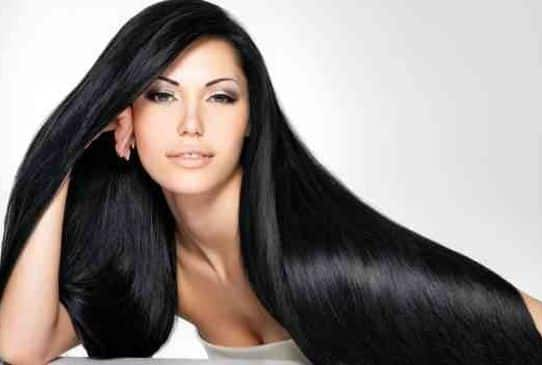Girls who costume utterly for themselves are actually uncommon – most of us have an viewers in thoughts, whether or not that’s males, different ladies, or some permutation of each. Typically talking, although, one other girl is extra prone to be attuned to the vagaries of vogue, to understand the footnotes behind your outfit, to begin a dialogue with you due to a “dialog piece” you’re carrying. Vogue is a enjoying area the place ladies compete but in addition intersect, a locus of the intra-female fascination that builds up between ladies.
You may even say that girls not want to decorate for males, that we’ve developed previous that historic second. It’s definitely true that as ladies carve out extra energy and independence, vogue tends to observe. Within the wake of the #MeToo motion, vogue has grow to be extra lined up, with “ugly-cool” types adamantly designed to not enchantment to straight males and as a substitute centered on the consolation of the wearer: to wit, the hipster housedresses of Batsheva, the free jumpsuits and wide-legged pants of Rachel Comey. Some feminine designers have reimagined vogue in a extra female-friendly, comfort-oriented picture, although these requirements could be, in some methods, simply as restrictive because the earlier ones.
What does it imply to decorate for your self, and might we ever actually toss apart the preconceptions of others and our want to enchantment to them? Whereas vogue is considered a female-dominated trade, for almost all of its historical past males have primarily designed the garments that girls put on and dictated vogue tendencies from atop an ivory atelier. A type of male gaze has been inherent in types from the hobble skirt to the bandage costume – would somebody who needed to stroll in them have designed both of these clothes? Now that tendencies are much less top-down and extra self-generated, that’s beginning to change: a girl who’s been residing in No.6 clogs and Birkenstocks could convert to a kitten heel, however she most likely gained’t undertake towering stilettos simply because somebody tells her they’re again in type this season.
As feminine designers have grow to be extra prevalent, there’s a tendency to affix the “feminine gaze” label to their work. However are feminine designers actually extra tuned in to what ladies need? Not essentially. The gender essentialism of that assertion doesn’t sit nicely with me, to not point out that there are many feminine designers who don’t appear to know what a girl is formed like. The concept that feminine designers are merely designing for themselves, unable to think about past that sphere, feels too pat and limiting.
Nonetheless, there’s a cohort of ladies designers who’ve both pushed again in opposition to the male gaze, utilizing vogue virtually as a type of violent satire, or made ladies’s clothes extra sensible and habitable. Comme des Garçons’ Rei Kawakubo sits within the first class. She and Phoebe Philo, previously of Chloé and Celine, appear to be the 2 residing designers most credited with the “feminine gaze” strategy. Kawakubo subverted the concept of the feminine physique together with her spring 1997 “Physique Meets Gown, Gown Meets Physique” assortment, which turned colloquially often called the Lumps and Bumps assortment. It integrated padding beneath the floor of innocent-looking clothes that, quite than moulding the physique into some “perfect” form, rendered it surreal: hunched backs, globular hips, exaggerated derrières. To some critics, it was grotesque, evoking disfigurement and illness. Some vogue magazines elected to shoot the garments with the padding eliminated. However for Kawakubo, it was a manner of reinventing the connection between the wearer and the worn. “I realised that the garments could possibly be the physique and the physique could possibly be the garments,” the designer has stated. Kawakubo has additionally used her collections to discover rituals, each social and organic, which can be distinctive to ladies’s lives.
Whereas couture reveals historically finish with lamariée, the superbly attired bride who closes out the proceedings, Kawakubo has used her reveals to confront subjects that aren’t normally a topic for vogue. Her 2014 “Blood and Roses” assortment included white clothes that appeared soaked in blood, evoking menstruation, childbirth, and loss of life. “Damaged Bride” (2005) explored weddings, however in a special mild than the triumphant couture-show end-point. “There are numerous sorts of marriages,” the present notes declared. “Sometimes, marriage is related to being ‘tied up’ and is conservative; this assortment is anti-conservative, permits one to be free, and reveals what marriage could be like.” Lots of the fashions wore free, wide-legged pants and different non-constricting takes on nuptial put on; they have been accessorized with trailing, Miss Havisham-like vintage veils and flat sneakers quite than the fussy trappings of the standard bride.
At any time when a “actual” or “pure” girl is evoked, there may be some type of critique of the “synthetic” girl lurking proper behind it. This sort of “anti-fashion vogue” has one thing in widespread with “no-make-up make-up,” which is, in spite of everything, nonetheless make-up, simply within the type of “your lips, however higher” lipstick and tinted moisturiser. Bim Adewunmi, writing in regards to the no-make-up make-up pattern for BuzzFeed Information, stated that “effortlessness has grow to be the best commodity a girl can personal”. The bare-faced campaign, she wrote, was “not a bellwether for a worldwide motion; it’s a show of light superiority.” It transforms attempting to look good, particularly with a male viewers in thoughts, into an unserious mission. Which doesn’t imply that magnificence is deserted; it’s simply reworked into one thing severe, bordering on educational. Skincare turns into science. Vogue turns into a cerebral train. Being and looking out “low upkeep” is seen as a advantage that distinguishes you from lesser, shallower ladies whilst you make investments simply as a lot.
Equally, when vogue desires to convey worthiness, it turns to press releases about using the “feminine gaze” within the course of. Maybe a feminine photographer will likely be touted, or an over-60 girl, normally white, possessing an appropriate variety of wrinkles to be thought of to be ageing gracefully however not sufficient to tip over into decrepitude, will likely be featured. We’re rewarded for arresting the entropy of ageing, as long as we don’t visibly “cheat”. The author Heather Havrilesky tweeted that “ageing gracefully” is “an inherently sexist idea that we solely measure in ladies, like there’s some particular, *proper* solution to carelessly keep beautiful as you become older”. Very like the mandate for easy magnificence, “the message is, as with all woman issues, don’t strive too laborious otherwise you’re pathetic”. The stripped-down aesthetic has, itself, grow to be a conference, with ironclad guidelines of its personal. It’s much less a flight from the established order and extra a brand new type of established order. Magazines now usually run purportedly make-up-free, un-airbrushed photograph shoots as if to preempt complaints in regards to the unreality of vogue imagery.
What could lastly unseat the gaze is creators lastly giving us one thing new to have a look at. A movie like Celine Sciamma’s Portrait Of A Woman On Hearth, by a feminine writer-director and starring two ladies, continues to be a rarity, and even rarer in American cinema. However because the pool of people that depict and are proven, and whose imaginative and prescient receives consideration, will get greater, these distinctions could slip away. We could by no means absolutely free ourselves from the capital-G gaze, however maybe we are able to all remake our relationship with it.
Store Gown Code: Unlocking Vogue From The New Look To Millennial Pink by Véronique Hyland (£10.99, HarperCollins) is out now.



